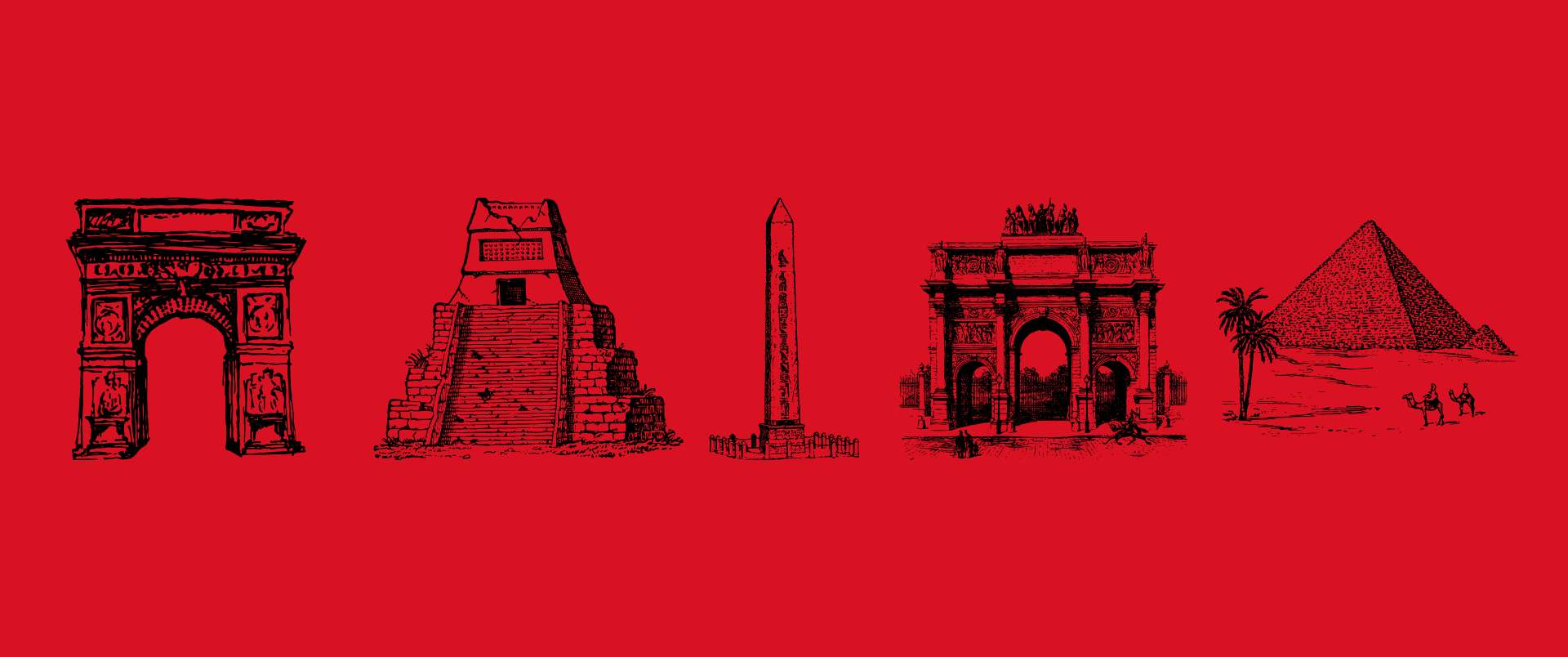
The Michelin story should inspire any content marketing writer stuck with a brief for a less-than-sexy product.
Sure, it’s easy to write sparkling copy to market fast cars, five-star hotels or fine wines. But if you’re stuck with a brief for car tyres you’d be forgiven for thinking you caught a raw deal – and for casting a jealous glance at the guy with the Aston Martin brief.
But the creative minds behind Michelin at the beginning at the 20th century recognised that it wasn’t necessarily the product that was compelling but the opportunities it afforded.
In the company’s case, brothers André and Édouard Michelin recognised it as the opportunity to travel in fast cars to glamorous hotels and dine on fine food and wine. A premium lifestyle built on the humblest foundations – car tyres.
The first edition of the now famous Michelin Guide was published for French motorists at a time when there were fewer than 3,000 cars in the country. The guide was given away free and contained useful information for motorists on tyre repair and replacement as well as lists of mechanics, petrol stations and hotels.
The idea was simple: by being useful and helping existing (and would-be) motorists the guide would boost demand for more cars. And therefore more tyres.
Growth from humble beginnings
In 1904 the brothers published a Michelin Guide to Belgium before branching off to the rest of Europe and later the world.
After the First World War, the brothers began to charge for the guide and expanded into restaurant listings. This proved so popular the brothers hired a fleet of inspectors to visit restaurants anonymously and write reviews for the guide. In 1931 the company introduced the well-known three-star hierarchy for restaurants.
Today the Michelin Guide is the gold standard by which restaurants are assessed. The measure by which the greatest chefs and restaurateurs rise and fall. Each annual update is met with media excitement and speculation over who will gain or lose a star.
Not bad brand affiliation for a company that wanted to shift a few car tyres.
–
Follow us on Twitter – @ColContent
Need content right now? Try our new WriteNow on-demand service.








